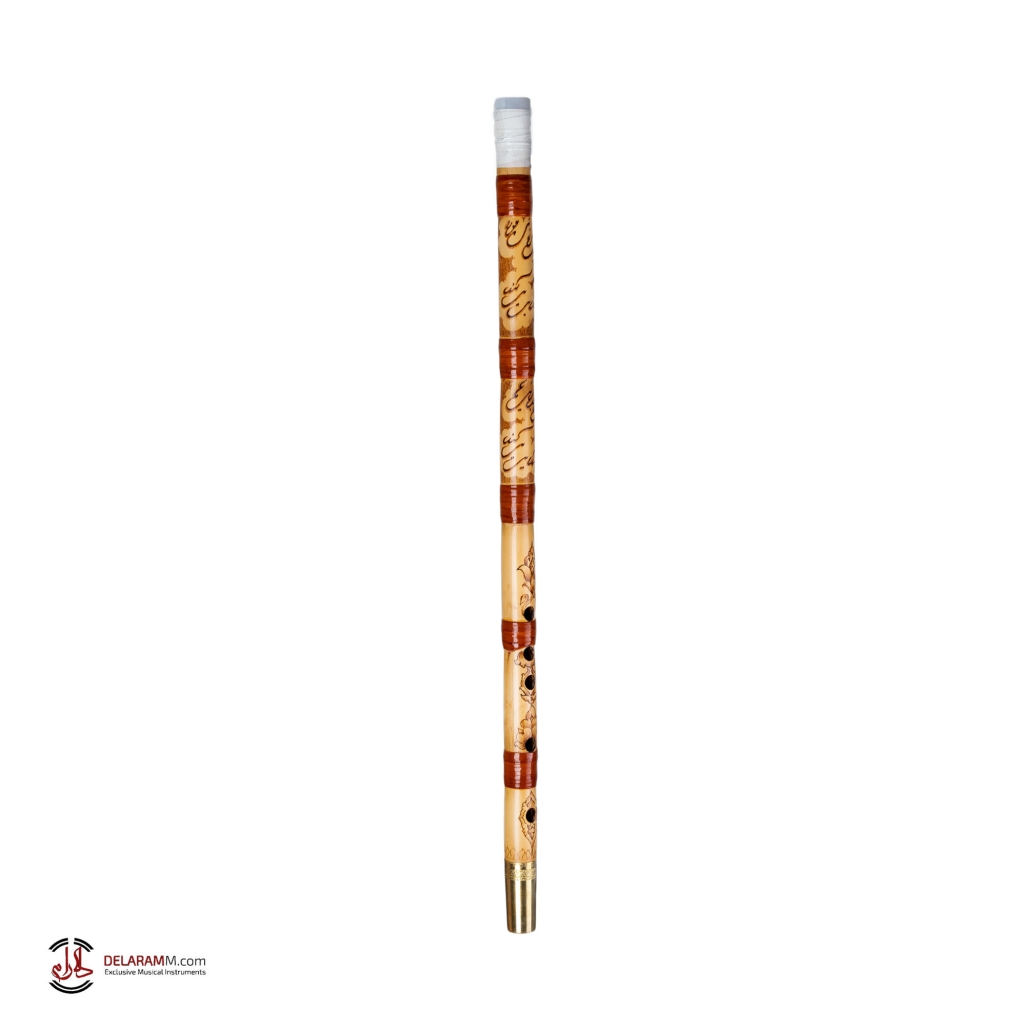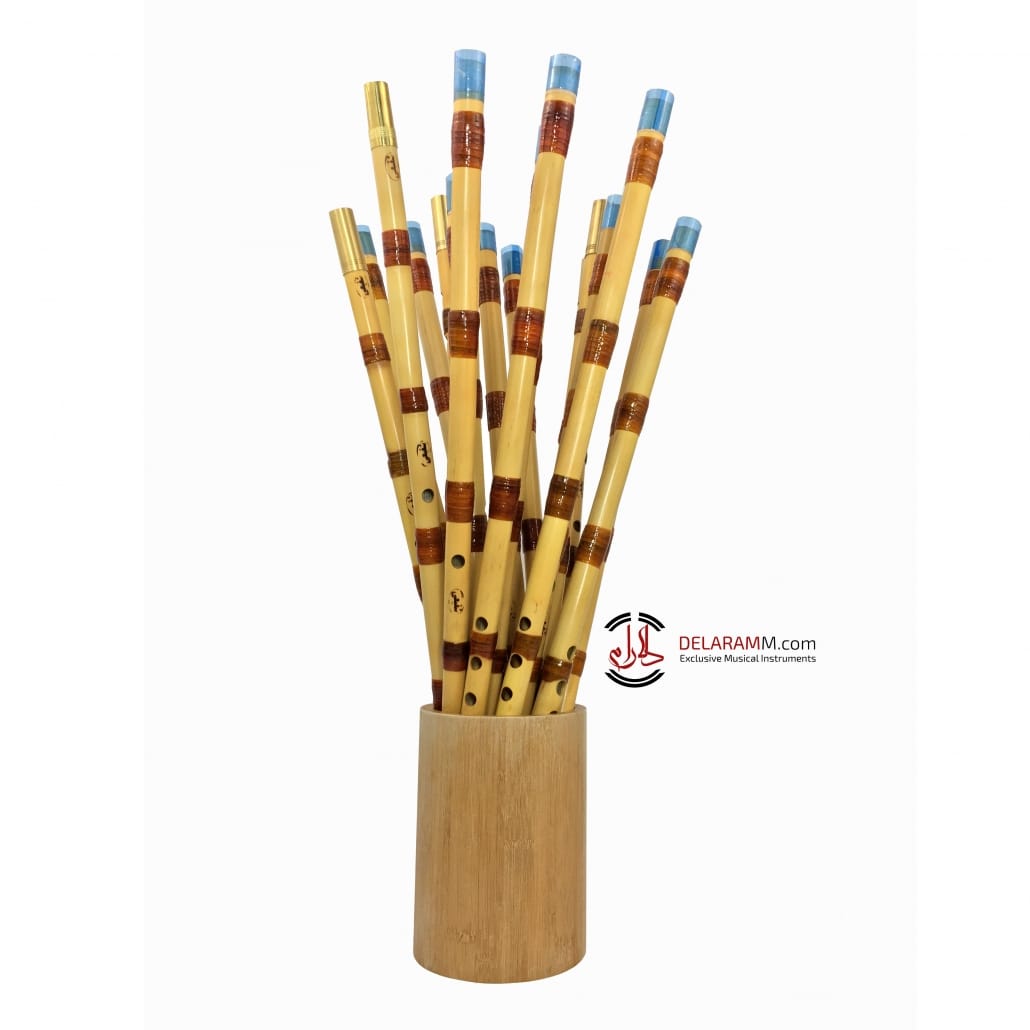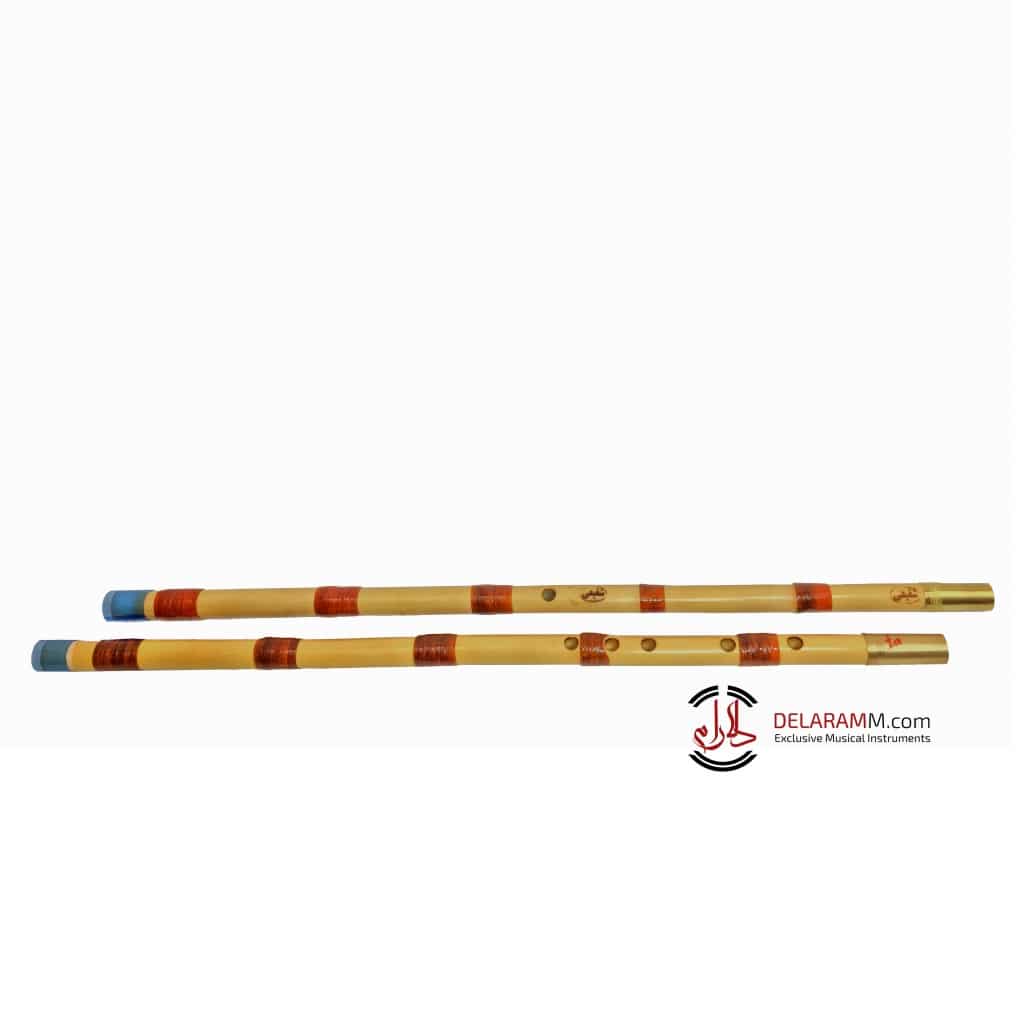How to choose your first Ney?
The Ney, an end-blown flute prominent in Middle Eastern music, offers a unique sound that has captivated musicians for centuries, but how do you choose your first Ney? Selecting the right Ney is crucial for professional musicians and beginners who are about to venture into the rich tradition of Middle Eastern music. This article provides an overview of the different types of Ney instruments and practical guidelines tailored for beginners and experts to choose their instruments. At the end of this article, you will find the answer to an important question: how do you choose your first Ney?
Know the instrument before choosing your first Ney
The Ney is a traditional end-blown flute made primarily from reed. It is a staple in Middle Eastern music, known for its distinct, haunting sound. Each Ney consists of several parts, descriptions of which are given below:
- Bashpare or Mouthpiece: This part is often made from a horn or plastic. The main goal of a Bashpare is to aid in producing sound.
- Sada or body: This part is the main tube that is basically made from reed and has seven finger holes.
- Parazvaneh or Rings: It is a metal or thread ring around the main body that helps with reinforcement and decoration.
- Nehari or Tuning Knot: A small knot at the end of the instrument helps with tuning.
Ney is a staple in Middle Eastern music, known for its distinct, haunting sound.
The Ney varies significantly across different musical traditions, with each type having unique characteristics. In what follows, we introduce three of the most famous and prevalent types of Ney:
- Persian Ney: Persian Ney, simply known as Ney, has six finger holes and one thumb hole, with a distinctive, open-ended design. The finger holes are spaced evenly on the main body, but playing the Persian Ney requires a unique grip and finger technique. Persian Ney has a breathy and soulful sound and is widely used in classical Persian music. The Persian Neys are often chosen for their age and the climate in which the reed grew.
- Turkish Ney: Like the Persian Ney, the Turkish Ney also has six finger holes and thumb holes but features a mouthpiece made from water buffalo horn or similar materials. The mouthpiece facilitates playing but also affects the timber of the instrument. The Turkish Ney is usually longer and narrower than their Persian counterparts. Turkish Ney has a deep and rich tone with a significant range, which makes it particularly popular in Ottoman classical music and Sufi traditions. It is particularly known for its ability to produce intricate microtonal variations.
- Arabic Ney: The Arabic Ney also features six finger holes but is usually longer and wider than its Persian counterpart. The Arabic Ney has a larger bore, which affects its sound production. This instrument offers a warm, resonant sound suited for Arabic folk and classical music. It is particularly capable of producing a wide range of dynamics, from soft whispers to powerful, loud tones.
How to choose your first Ney: A guide for beginners
Starting your journey with the Ney can be both exciting and challenging. If you do not know how to choose your first Ney, here are some essential tips to help you select the right instrument and begin your musical exploration with confidence:
- Start simple: Choose a Ney that is not overly complex or expensive. Entry-level Neys are often more forgiving and easier to play. A Ney in the key of D or G is recommended for beginners as it is manageable in size and easy to play.
- Craftsmanship: As a beginner, it is better to look for a well-made Ney from a reputable maker, even if it means spending a bit more. Poor-quality Neys can be difficult to play and may discourage learning. At Delarammusic, we offer different types of high-quality Neys at a wide range of prices. Also, ensure the reed is free of cracks and blemishes. Pay attention to the mouthpiece, if present, as it should be smooth and comfortable.
- Seek guidance: If possible, before purchasing an instrument, consult with a Ney teacher or experienced player about choosing the best instrument.
How to choose your first Ney: A guide for professionals
For seasoned musicians, selecting a Ney involves a deeper understanding of the instrument’s nuances and exploring advanced options to enhance your musical repertoire. Here are some detailed guidelines to help you make an informed choice:
- Experiment with style: As a professional Ney player, you may want to consider Neys from different traditions to expand your repertoire and explore various tonal possibilities. Each type of Ney offers a unique sound and playing experience, enriching your musical expression. You may also want to consider customized Neys based on your specific requirements, such as specific dimensions, additional finger holes, or specialized mouthpieces.
- Advanced features: Look for Neys that have precise tuning and consistent intonation across all registers. Advanced players may benefit from Neys with additional finger holes or keys for extended range and versatility. A well-tuned Ney allows for control over microtones and subtle pitch variations.
- Material: High-quality reeds and superior craftsmanship are essential for producing a professional sound. Consider Neys, which is made from alternative materials like bamboo or metal for its unique tonal qualities. These materials can offer different sound textures and durability advantages.
Conclusions
Deciding to choose your first Ney is an exciting journey, whether you are a beginner or a seasoned musician. Understanding the different types of Ney and following the guidelines presented in this article will help you select an instrument that enhances your musical expression. For beginners, we recommend visiting details of our classes at the Delarammusic for comprehensive lessons and tutorials. Additionally, Delarammusic offers a variety of high-quality Neys at reasonable prices that are perfect for all skill levels. Embrace the learning process, explore the rich cultural heritage of the Ney, and enjoy the beautiful music it can create. Happy playing!




